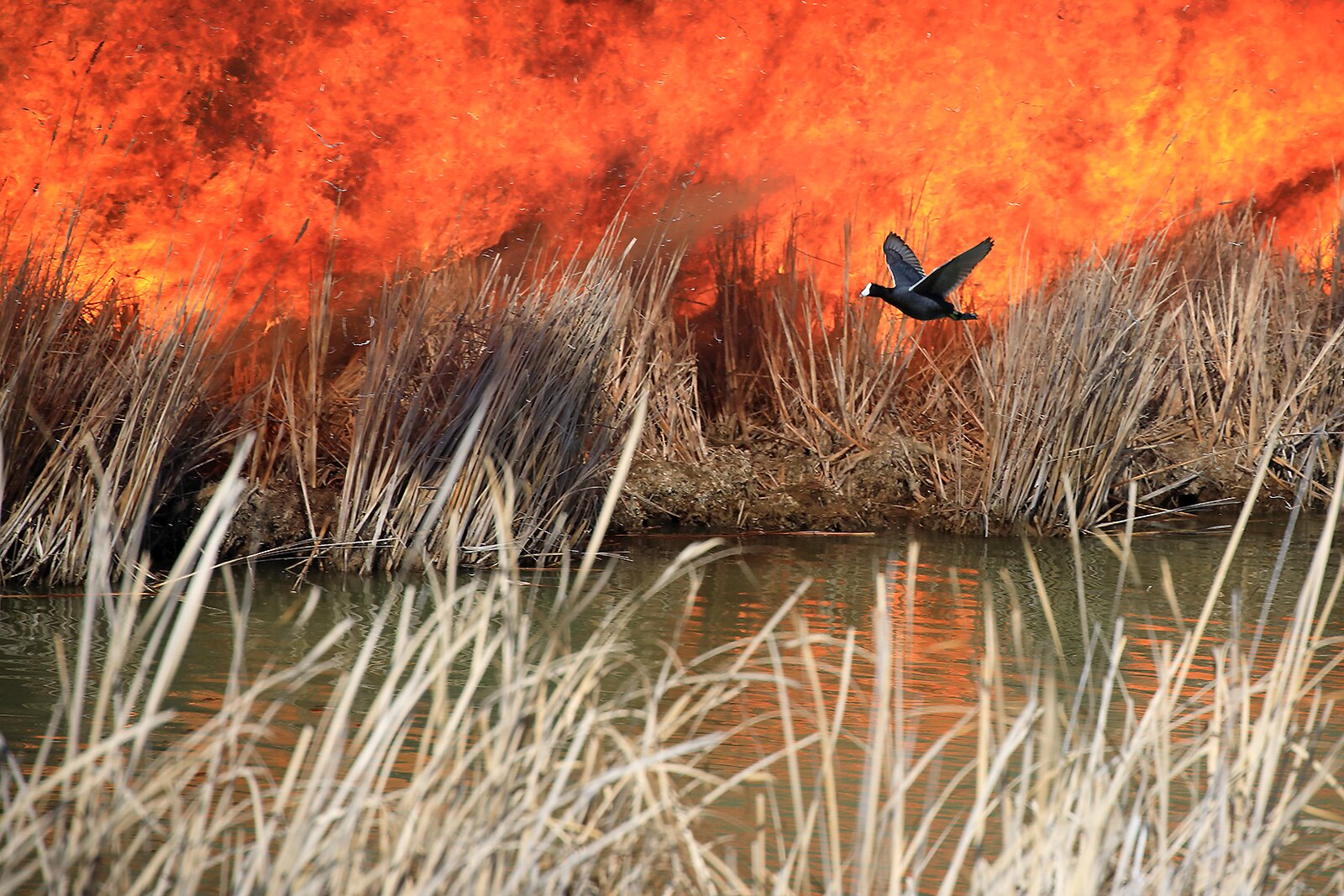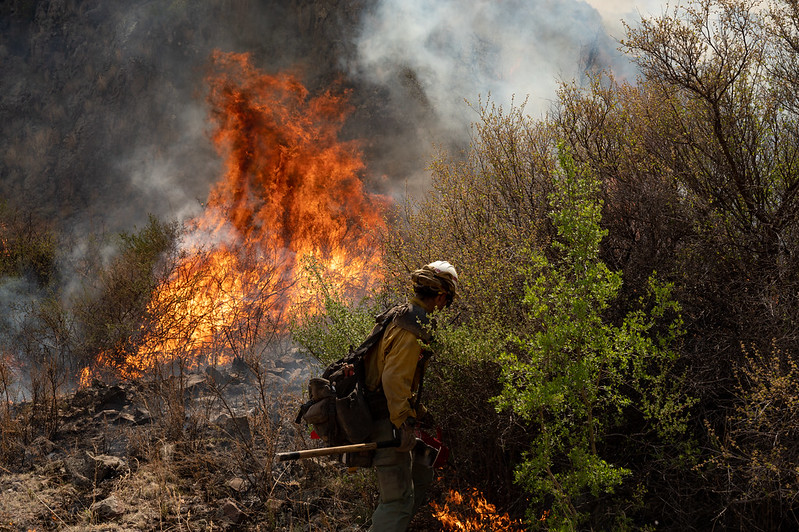
New Mexico’s wildfires stark reminder of need for long-term conservation funding
After three years of dedicated work to ensure that New Mexico invests more to conserve its lands, forests, watersheds, and wildlife, today we can celebrate. This year, the New Mexico State Legislature appropriated a record-breaking $264 million budget increase in fiscal year 2023 for programs related to climate change, energy, and natural resources. This increase contributed more funds to drought mitigation and planning, forest and watershed treatment and restoration, wildfire prevention and readiness, state park improvements to land and water, habitat restoration and improvement, soil and water conservation, and a river stewardship program, among other appropriations. This is a much-needed investment in the future of New Mexico, and in its ability to sustain future generations with healthy soil, ecosystems, water, wildlife, and land.
But there is more to do. Of the $264 million that was appropriated, $254.4 million of that is non-recurring. That means that only $9.6 million is set to repeat in future years. This is a real limitation to the long-term planning that’s needed when working on landscape-scale conservation. How can agencies and their partners on the ground plan conservation activities strategically for the next 5-10 years, if they cannot count on consistent funding?
Only $9.6 million is set to repeat in future years. This is a real limitation to the long-term planning that’s needed when working on landscape-scale conservation. How can agencies and their partners on the ground plan conservation activities strategically for the next 5-10 years, if they cannot count on consistent funding?
The need for sustained conservation funding has never been more clear. As I write this on a sunny spring day, record-breaking wildfires are burning throughout New Mexico. We have experienced an unprecedented two straight months of high winds, low humidity, and no measurable precipitation. Fire season doesn’t usually start in spring, and yet it is already in devastating full swing. Hundreds of homes and farms and ranches have burnt to ash. Tens of thousands of people are evacuated. The images we see of this disaster are devastating. Our hearts are breaking at the incomprehensible losses, and we are wondering how to rebuild communities and conserve natural resources so that our state can thrive in the decades to come.
Critical watersheds are threatened by these fires. Rivers and streams whose headwaters begin in the mountains are surrounded by burnt forest all around them, and so are reservoirs and acequias. A bit of rain without remediation means that runoff from storms will carry ash, sediment, and other contaminants into our precious water systems, damaging them for years or even decades. In extreme scenarios, mountains can collapse into mudslides and destructive flooding can occur. There’s currently nothing to slow down water in the burn scars.

After decades of sustained drought, these watersheds are priceless and need to be preserved at all costs. We need to make courageous investments that will be sustained for the decades to come in order to ensure water and food security for our state. We also need more sustained investment in wildfire prevention, so we can avoid catastrophic disasters like what we are currently experiencing.
The State of New Mexico is projected to have unprecedented revenue in the 2023 legislative session. This is due to a boom in the boom and bust cycle of oil and gas. The time is ripe to make the sustained investments we need to fund conservation in New Mexico. It’s now or never. These unprecedented years of revenue won’t last forever. As our forests burn up around us, we do not have the luxury of time. Why not appropriate some of this money into a permanent endowment or fund to support and invest in the suite of existing and needed state programs to conserve New Mexico’s land, water, and wildlife?
The return on investment would be extraordinary. Other western states, like Utah, Wyoming and Oregon, utilize long-term state funding structures for conservation like trust funds, and those funds can leverage federal dollars at a rate as great as six to one. People of all political affiliations, ages, and backgrounds agree that we need to invest more in conservation. It’s time to courageously invest in our future, and meet the challenges our communities and landscapes face together. We can do nearly anything if we try.




